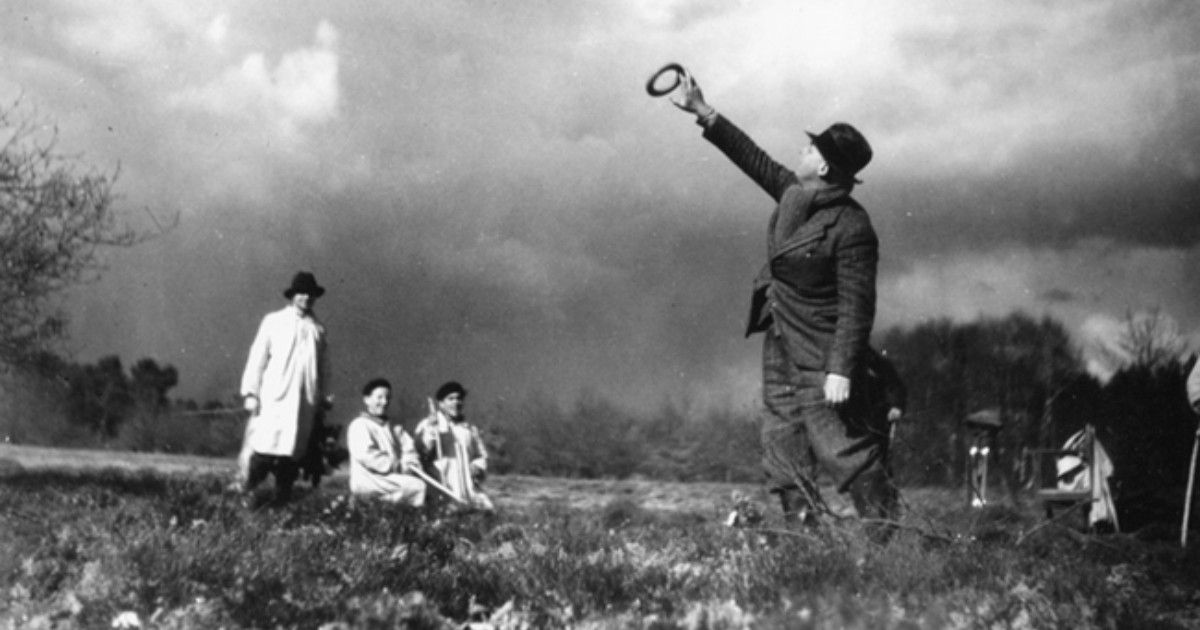Whether audiences were walking down the yellow brick road or joining the cast of Stagecoach on a ride through dangerous territory, fans and film historians alike generally cite 1939 as the greatest year in cinema history. Others might name years such as 1967, 1994, or even 2007 as the champions of this particular conversation.
That’s all entirely subjective, of course, as is any debate that regards the “greatest” of something. However, there are some objective elements that can come into play every once in a while: box office grosses, for example, along with accolades and critical reception. Those all provide fairly undeniable numbers.
Several of the films released this year are considered among the best ever made, and each one of them would do well to propel any given year forward in the argument of best in cinema history.
Records and Accolades
Every year, the United States National Film Preservation Board selects twenty-five films to be preserved in the National Film Registry. Usually, these are picked due to their cultural, historical, or aesthetic significance. Those have been the guidelines since 1988—the year in which the NFPB was initiated.
No other year throughout history as more films preserved in the Registry than 1939. With fourteen feature films, two documentaries, one animated short and one industrial film, exactly twenty films from this illustrious year have been selected for preservation. That’s a pretty impressive feat, but not the only one of significance for 1939 in film.
At the 12th Academy Awards, Hattie McDaniel became the first African-American to receive an Academy Award — here, it was Best Supporting Actress for her work in Gone With the Wind (1939). Plus, Best Visual Effect became a competitive category for the first time, and alas, Best Cinematography was split into both Color and Black & White categories.
Innovative Tactics and Systems
There are some specific examples of innovative films from 1939, like The Rules of the Game by Jean Renoir. A French satirical comedy-drama, it made famous perpetual camera movements and deep-focus within long shots. Those tactics are still widely used today. The reason all those changes were made at the Academy Awards, however, is because in 1939 the industry took a huge leap forward concerning cinematography and color.
Conceptualized by American engineers Herbert Kalmus and Daniel Frost, Technicolor as a company has existed since 1914 with the intention of developing motion pictures in color. The process utilizes two different colors — say, green and red — and combines them to make a third, in this case yellow. Known for its bright and vibrant palettes of saturated colors, this system was used by films long before the year in question. But three movies in particular helped popularize its use, and they all released in 1939.
The Wizard of Oz and Gone With the Wind are the two most prominent examples. But even famed western director John Ford hopped aboard the train to Technicolor town with his 1939 feature Drums Along the Mohawk.
Variety of Genre
Over a hundred westerns were released in 1939 alone, and the three most prominent (arguably) were all directed by John Ford. Stagecoach is the most famous, starring Claire Trevor and John Wayne. Equally notable, though, were Young Mr. Lincoln and Drums Along the Mohawk, both starring Henry Fonda.
Love was in the air as well in 1939, with the Oscar darling Goodbye, Mr. Chips falling wonderfully into the romance genre. There were also three adaptations of romance novels: Gone With the Wind, Wuthering Heights, and The Hunchback of Notre Dame.
More dramatic stories got the adaptation treatment, such as Of Mice and Men. The Wizard of Oz could be classified as either a musical or a fantasy film, and The Rules of the Game is definitely a comedy. But there’s also The Adventure of Sherlock Holmes and The Hounds of Baskerville, two mystery-crime films for lovers of noir. No matter what film genre they fancied, film fans were buying movie tickets in 1939.
Box Office
Because many blockbusters have been reissued in theaters throughout the years, the title of highest-grossing movie shifts about twice a decade. The Birth of a Nation (1915) held the record — $15 million — until 1939, when Gone With the Wind was released and grossed over thirty million. It re-released in 1963 and made an additional $35 million, but then, The Sound of Music dropped in 1965 and broke the record with $114.6 million.
Gone With the Wind was reissued for a second time in 1971, claiming its championship once again, but was soon overtaken (permanently) by The Godfather (1972). Despite not being able to reclaim its spot since, Gone With the Wind remains the longest-running highest grossing movie, as it held the record for twenty-six years from 1939 to 1965.
It was probably the most lauded film of the year, but The Wizard of Oz has arguably remained more culturally relevant. Meanwhile, either Mr. Smith Goes to Washington or Stagecoach is perhaps the best of the bunch. Either way, no matter how one might swing the bat—whether analyzing recognition at award ceremonies, reception with critics, or numbers at the box office—there’s no denying that 1939 knocked it out of the theaters.
